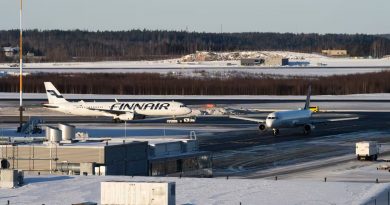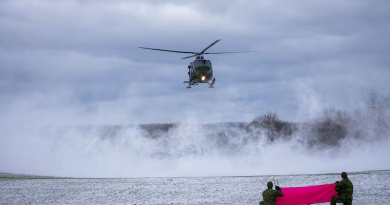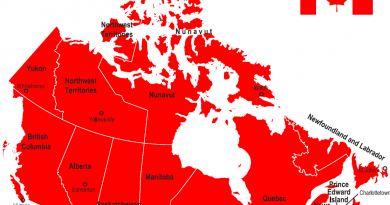Sir John Franklin’s long-lost HMS Terror found: The Guardian
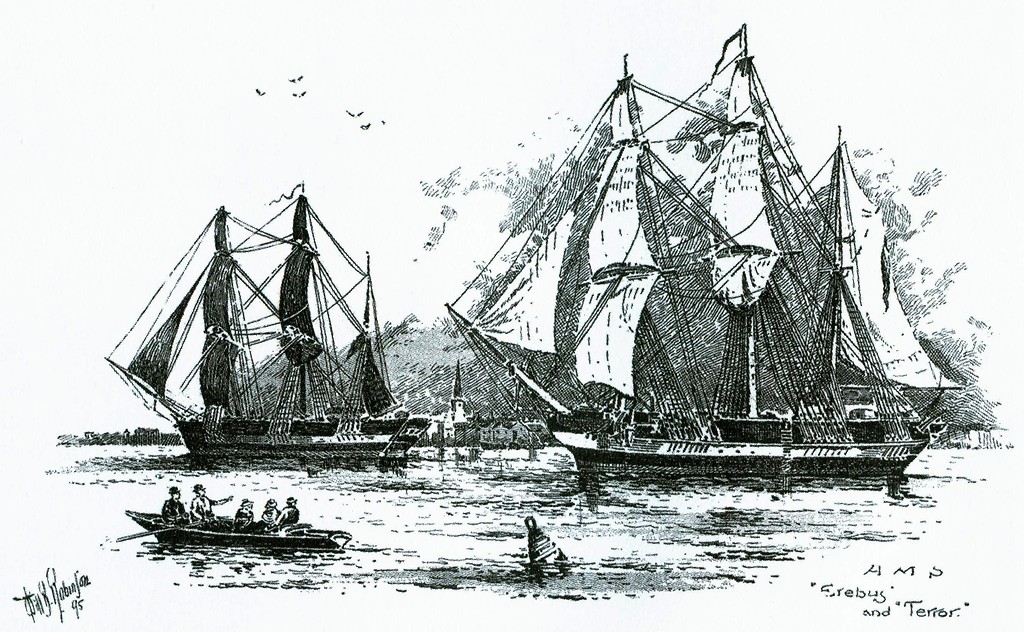
HMS Terror, one of Sir John Franklin’s two ships lost in the doomed 1845 Franklin Expedition, has been found in “in pristine condition” at the bottom of a Nunavut bay, the Guardian reports today.
In an exclusive report, the newspaper says that the ship, which was abandoned in sea ice in 1848 during a failed attempt to sail through the Northwest Passage, was found by the crew of the Arctic Research Foundation’s Martin Bergmann research vessel in Terror Bay, north of where the wreck of the expedition’s flagship, HMS Erebus, was found by Parks Canada researchers almost exactly two years ago.
On Sunday, a team from the Martin Bergmann manoeuvred a small, remotely operated vehicle through an open hatch and into the shipwreck, the Guardian reported.
“We have successfully entered the mess hall, worked our way into a few cabins and found the food storage room with plates and one can on the shelves,” Adrian Schimnowski, the foundation’s operations director, told the Guardian by email from the research vessel Martin Bergmann.
“We spotted two wine bottles, tables and empty shelving. Found a desk with open drawers with something in the back corner of the drawer.”
The 10-member research vessel crew found the shipwreck, with her three masts broken but still standing, almost all hatches closed and everything stowed, in the middle of King William Island’s uncharted Terror Bay on 3 September, the Guardian said.
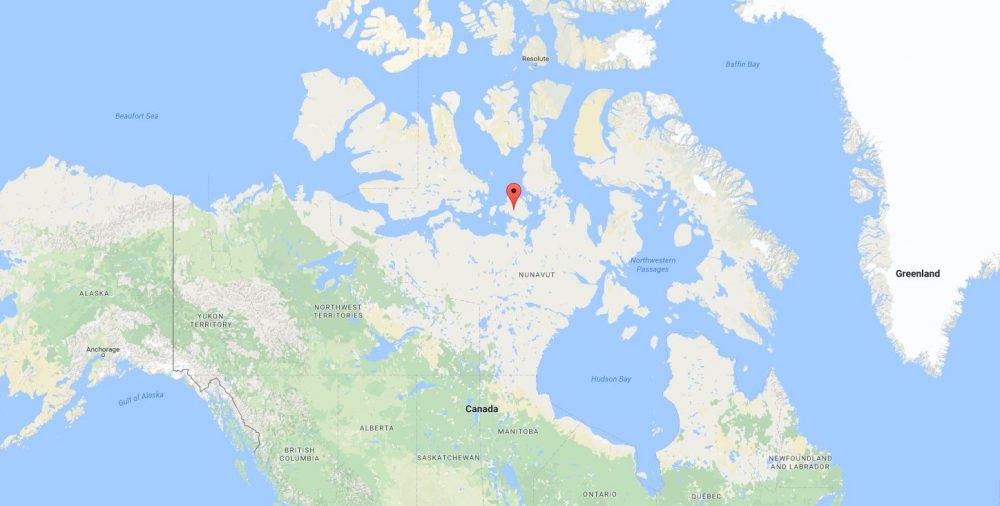
The location of the discovery means that it could have implications for historians’ understanding of Franklin’s expedition.
“This discovery changes history,” Jim Balsilie, a Canadian business tycoon and philanthropist who played a key role in planning the expedition, told the Guardian. “Given the location of the find and the state of the wreck, it’s almost certain that HMS Terror was operationally closed down by the remaining crew who then re-boarded HMS Erebus and sailed south where they met their ultimate tragic fate.”
All 129 men on board the Erebus and the Terror perished in the doomed expedition.
Inuit crew member’s story prompts find
The Guardian reported that the wreck was found after the Martin Bergmann’s crew got a tip from an Inuit crew member, Gjoa Haven’s Sammy Kogvik.
Kogvik told the crew that he noticed a large piece of wood sticking out of Terror Bay’s sea ice while on a fishing trip about six years ago. Kogvik’s story prompted the crew to detour to Terror Bay where their search equipment picked up a grainy image of the shipwreck about 24 metres below.
Inuit oral history was also instrumental in the 2014 find of HMS Erebus. Historian Louis Kamookak helped researchers pinpoint the location of the wreck after recounting a story passed down generations saying that one of the ships [HMS Terror] was crushed in ice northwest of King William Island, while another [HMS Erebus] drifted and sank further south, where it was ultimately found.
With files from Garrett Hinchey of CBC News
Related stories from around the North:
Canada: Found at last! Franklin ship lost for 166 years, Radio Canada International
Finland: WWF Finland concerned about oil leak from shipwreck in Baltic Sea, Yle News
Norway: Norway returns Inuit artifacts to Arctic Canadian community, CBC News
United States: IDs made in 1952 Alaska plane crash, Alaska Dispatch

